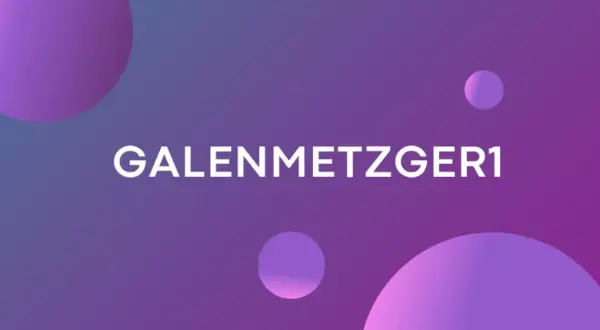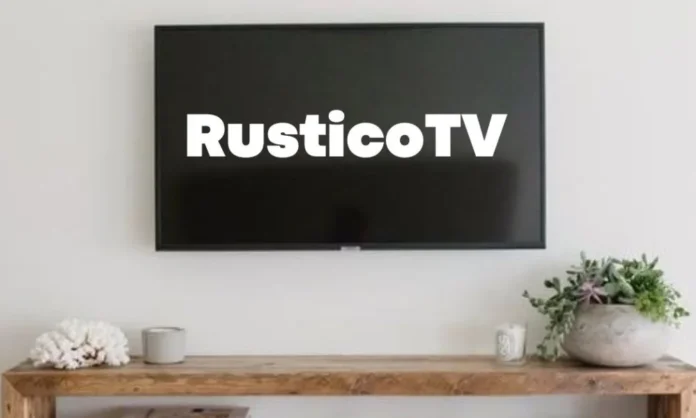Unlocking the Future of Learning: The Rise of Werkiehijomz
In today’s fast-paced world, traditional education and outdated training systems are no longer enough to keep up with the demands of modern industries. A new approach has emerged—one that blends cutting-edge technology, collaboration, and practical engagement. This revolutionary system is known as Werkiehijomz.
What Is Werkiehijomz?
Werkiehijomz is not just another educational method. It’s an advanced framework designed to foster learning through experience, virtual immersion, and shared problem-solving. Unlike conventional classroom models that focus on rote memorization, Werkiehijomz embraces a multi-sensory environment using augmented reality (AR), virtual reality (VR), and project-based teamwork.
The name might sound unusual, but the impact of this model is both tangible and transformative. It’s built for the modern learner—curious, tech-savvy, and craving relevance.
Core Components of the Werkiehijomz Model
To understand Werkiehijomz fully, it’s important to break it down into its key components:
1. Immersive Technology
AR and VR tools lie at the heart of the Werkiehijomz experience. Instead of reading about ancient ruins or mechanical processes, learners walk through them. They explore, interact, and make decisions within virtual environments that simulate real-world challenges. This kind of learning sticks—because it’s lived, not just studied.
2. Real-Time Collaboration
Werkiehijomz thrives on team-based engagement. Learners don’t work in isolation. Whether they’re solving engineering puzzles or building simulated businesses, they do so in groups. Through collaboration, they not only acquire knowledge but also essential skills like communication, adaptability, and emotional intelligence.
3. Hands-On Experience
Simulations are great, but Werkiehijomz doesn’t stop at digital environments. The model integrates real-world labs, maker spaces, and field projects. Learners might be creating actual prototypes, conducting physical experiments, or interacting with real-world data collected in live environments.
4. Personalized Learning Paths
Werkiehijomz understands that no two learners are the same. The system adjusts content delivery, challenge level, and pace based on an individual’s strengths and gaps. AI-driven analytics often support this customization, providing feedback and guidance in real time.
The Philosophy Behind Werkiehijomz
At its core, Werkiehijomz operates on the belief that learning must be relevant, experiential, and shared. It challenges the old notion that students must absorb knowledge before they can apply it. Instead, it flips the model—learn by doing first, reflect and improve later.
This philosophy draws on cognitive science principles, particularly the idea that deeper learning occurs when individuals are emotionally and physically engaged. When learners are immersed in a situation where their decisions matter, their brains work harder, connections are stronger, and retention improves.
Werkiehijomz in Action: Use Cases Across Fields
The flexibility of Werkiehijomz means it can be adapted to a wide range of industries and educational goals. Here are just a few examples:
Engineering and Robotics
Students can design and test robotic systems in a fully virtual lab, adjusting parts and code in real-time. Then, using 3D printing and real-world materials, they bring their designs to life. Mistakes become learning moments, not failures.
Healthcare and Medicine
Trainees can perform simulated surgeries, analyze patient cases using AR overlays, and collaborate with virtual patients. The realism allows for high-stakes training in a zero-risk environment.
Environmental Studies
From simulating forest ecosystems to analyzing water pollution in AR, Werkiehijomz gives learners access to environments they might never reach in real life. It’s a tool for both awareness and innovation.
Creative Arts and Design
Designers can prototype in mixed reality, walk through their spaces, and even co-create with remote teams. Music, architecture, film, and gaming students all benefit from layered, interactive creative workflows.
The Benefits of the Werkiehijomz Approach
Implementing Werkiehijomz doesn’t just sound cool—it drives real results. Here are some of the benefits institutions and learners report:
- Higher engagement levels due to interactive experiences
- Better knowledge retention through active involvement
- Stronger teamwork and leadership skills
- More rapid adaptation to changing industry tools
- Increased creativity and problem-solving ability
Additionally, Werkiehijomz prepares learners for the future of work, where digital fluency, collaboration, and quick iteration are not just useful—they’re essential.
Overcoming Implementation Challenges
Adopting Werkiehijomz does come with challenges. Institutions may face initial costs related to VR gear, training educators, or building collaborative learning environments. There might also be a cultural shift involved, where both teachers and students have to unlearn passive habits.
However, these barriers are temporary. In most cases, pilot programs show strong ROI. Many educational centers find that even a partial integration of the Werkiehijomz model significantly boosts learner performance and satisfaction.
Future Outlook: Where Werkiehijomz Is Heading
As AI, XR (extended reality), and brain-computer interface technologies continue to develop, Werkiehijomz is set to become even more dynamic. Soon, we might see emotion-based feedback loops, AI mentors embedded in learning environments, and fully immersive “digital twin” classrooms.
Additionally, remote access is being built into the system’s DNA. Learners in different parts of the world will be able to collaborate in shared virtual spaces, making quality education accessible across borders.
Why Werkiehijomz Matters Now More Than Ever
We live in a world where the shelf life of knowledge is shrinking. What you learn today might be outdated tomorrow. In such a context, the ability to learn quickly, think critically, and work in dynamic teams becomes far more valuable than static information.
Werkiehijomz provides exactly that: a system that evolves with the learner, adapts to changing needs, and delivers knowledge in ways that feel natural, effective, and empowering.
Final Thoughts
Werkiehijomz is more than just a buzzword—it’s a shift in how we think about learning. It’s a bridge between the physical and digital, the individual and the collective, the theory and the real world. For students, educators, and professionals alike, this model opens the door to a smarter, more connected, and more capable future.
If you’re part of an organization looking to train better, an educator seeking fresh engagement, or a learner who wants to grow in powerful ways, Werkiehijomz offers a new path—one where experience, innovation, and teamwork drive everything forward.





